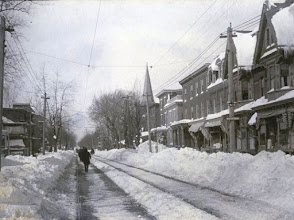Winter '21 / '22 - Pacific Decadal Oscillation (PDO): OCT-21
-3.06 (~2.25-sigma below the monthly mean)
PDO/s cool phase continues apace. 22 continuous months with an index value < 0 (JAN-20 - present).
Leading analog years
Winter / ENSO (MEI) / QBO
99-00 / C / W
08-09 / C- / W
62-63 / C- / E
75-76 / C / W
55-56 / C / -
All PDO analog years happened during a La Nina; however ... only one winter ('62 / '63) had QBO-E (D-J-F AVG: ~ -16).
Winter '62 / '63
D-J-F Index Averages
NAO: -1.467
AO: -1.914
Select season-total snowfalls / P-O-R-N (inches)
RIC - 16.9 / 12.5
RNK - 29.7 / 19.5
DCA - 21.4 / 15.6
PHL - 20.5 / 22.1
NYC - 16.3 / 28.7
BGM - 95.3 / 83.7
BTV - 72.6 / 80.8
BOS - 30.9 / 43.7
CAR - 147.5 / 115.6
PDO < 0 (cool water along NOAM/s west coast) is associated with a longwave trof over NOAM/s west coast + above normal 500 mb geopotential heights over the SE CONUS + mild eastern U.S. winters. La Nina is also associated with 500 mb ridging over SE CONUS.
These conditions more often than not mean a warmer than normal winter with below normal snowfall over at least the southern half of the forecast area but there have been notable exceptions to those rules.





























